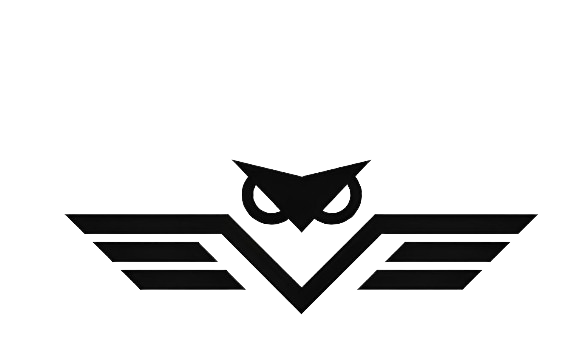Laser cleaning
Type | CW | Pulse |
Laser power (W) | 1500/2000/3000/6000 | 50/100/200/300/500 |
Laser cleaning width (mm) | 120/300 | 80/150/250 |
Performance (m/min) | up to 15 | up to 10 |
Depth of cleaning(uM) | up to 200 | up to 500 |
Applicable To material | Metals only: Oxides, rust, industrial paint, dirties, oil | Metal, wood, plastic, epoxy, stone, surfaces |
Cooling type | water cooling | air/water cooling |
Electricity | 1P 220V 50Hz 8KVa | 1P 220V 50Hz 6KVa |
Fiber cable length (m) | 10/15 | 5/10 |
Gas source | Nitrogen/CDA | Nitrogen/CDA |
There are 2 general types of laser cleaning can be: CW vs. Pulsed Laser Cleaning
1. Energy Delivery & Mechanism:
CW Laser: Continuous energy, great for large areas, but more heat .
Pulsed Laser: High-intensity pulses, precise and reduces heat damage.
2. Precision & Control:
CW Laser: Less precise, more risk of substrate damage.
Pulsed Laser: Highly precise, perfect for delicate tasks.
3. Material Compatibility:
CW Laser: Best for robust materials, not ideal for sensitive ones.
Pulsed Laser: Suitable for a wide range, even delicate surfaces.
4. Applications:
CW Laser: Ideal for industrial, large-scale cleaning.
Pulsed Laser: Perfect for detailed cleaning like mold prep or heritage conservation.
5. Heat Affected Zone (HAZ):
CW Laser: Larger HAZ, more risk of damage.
Pulsed Laser: Minimal HAZ, safer for substrates.
6. Efficiency & Speed:
CW Laser: Faster for bulk tasks, but more heating.
Pulsed Laser: Slower but more controlled , better for complex surfaces.
7. Cost:
CW Laser: More cost-effective for bulk tasks.
Pulsed Laser: Higher initial cost , but saves on damage repair.
Summary:
CW Laser: Best for large, less delicate tasks
Pulsed Laser: Ideal for precision cleaning with minimal damage
Want to test it? Text “CLEANING” on WhatsApp – we’ll send a video, calculate the price, and help you choose the right model for your business.
- Less operation costLaser cleaning working only with compressed air and electricity that's it
- Wide applications rangeCW type applicable for most of the steels, Pulse type applicable for 95% of materials even like plastic, wood, stone etc.
- Controllable resultsDepends on application you can adjust settings to make your cleaned surface sharp or smooth.




